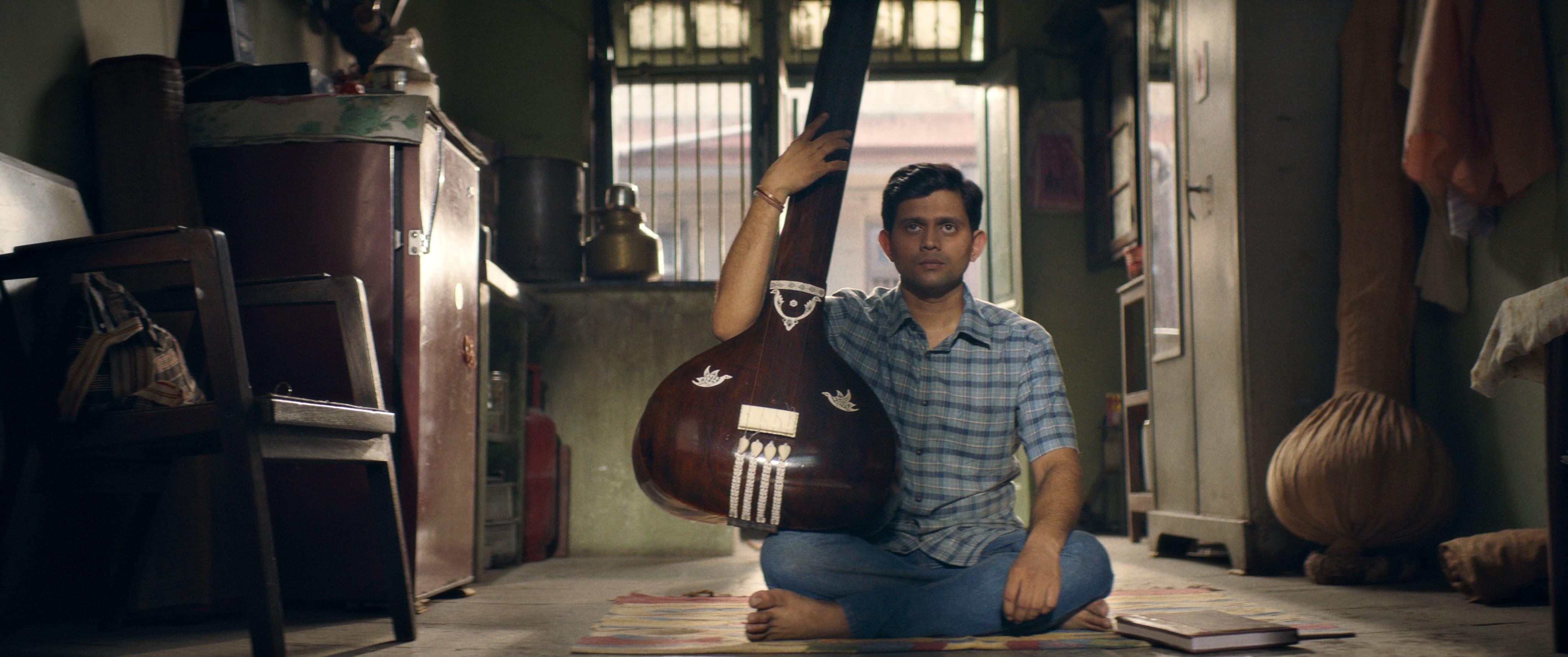
The Disciple: Chasing A Dream
Michal Sobocinski, PSC empathizes with a musician’s quest for perfection in this feature directed by Chaitanya Tamhane.

to mastering the intricacies of Indian classical music in The Disciple.
Photos courtesy of Zoo Entertainment
The pursuit of mastery in any art form can be a rewarding and fulfilling experience, but the Indian film The Disciple details the hard realities of an uncompromising commitment to excellence.
Inspired by his father, a guru, and the disciplined traditions of Indian classical music, Sharad Nerulkar (Aditya Modak) has devoted his life to the goal of becoming an enlightened and soulful vocalist. But as the years go by, the sacrifices he makes, the hardships he endures, and the indifferent response to his singing take a heavy toll on his spirit.
The Disciple was directed by Chaitanya Tamhane and executive-produced by renowned filmmaker Alfonso Cuaroń. The acclaim Tamhane received for his first feature, Court, led to his selection for a Rolex-sponsored protégé program, which in turn allowed him to shadow Cuaron throughout prep, production and post of the latter’s autobiographical feature Roma. When Tamhane was considering cinematographers for The Disciple, Cuaroń’s frequent collaborator Emmanuel Lubezki, ASC, AMC endorsed Polish cinematographer Michał Sobocinski, PSC, whose evocative period imagery helped the 2017 feature The Art of Loving win the Polish Films Competition at the Camerimage festival and led to his selection as one of American Cinematographer’s Rising Stars of Cinematography in 2018 (AC Feb. ’18).
Sobocinski has cinematography in his genes. His grandfather, Witold Sobocinski, PSC, worked as a director of photography for Andrzej Wajda and Roman Polanski on projects including The Promised Land and Frantic, respectively; his father, Piotr Sobocinski, PSC, received an Oscar nomination for his work on Krzysztof Kieslowski’s Three Colors: Red; and his brother, Piotr Sobocinski Jr., PSC, is also an accomplished cinematographer whose most recent feature, Corpus Christi, earned an Academy Award nomination for Best International Feature Film.
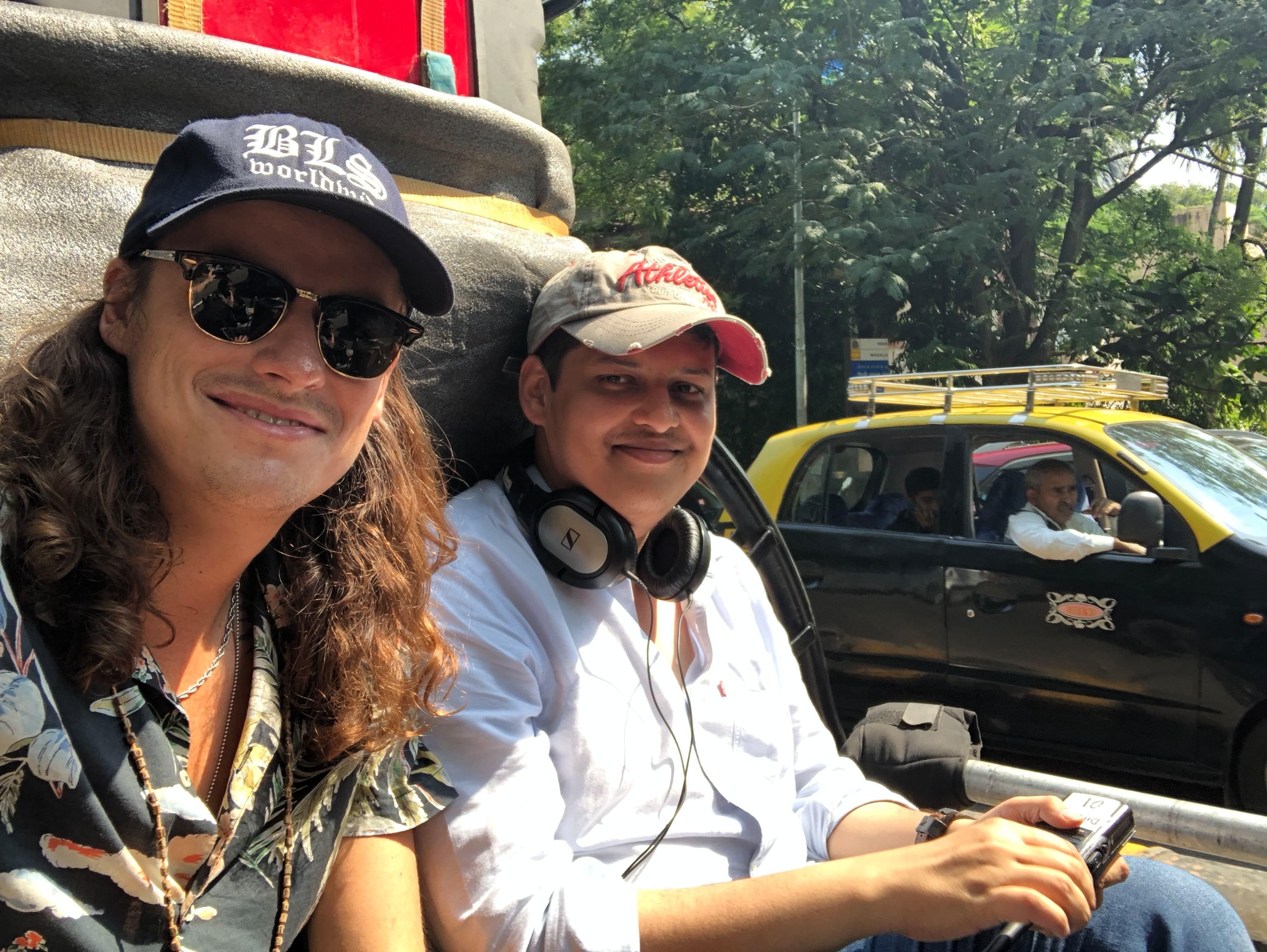
He had already been shooting commercials in India for several months when Tamhane reached out to him by phone, not realizing that Sobocinski was already in the country. The two met, along with producer Vivek Gomber, who gave the cinematographer a copy of the script.
Sobocinski, a guitar-shredding rocker in his spare time who also plays piano and drums, says the central drama of The Disciple held immediate appeal for him, both as a musician and a visual artist. “I didn’t know much about this form of Indian music, but for me the story addressed a very universal subject: the fading of a dream,” he says. “I could relate to the main character’s struggle, which is familiar to anyone who pursues a career in an artistic field. If you really want to succeed, it’s almost like becoming a monk, but it doesn’t always work out. You could spend 20 years trying to be the best DP in the world, but if you don’t have it, you won’t make it.
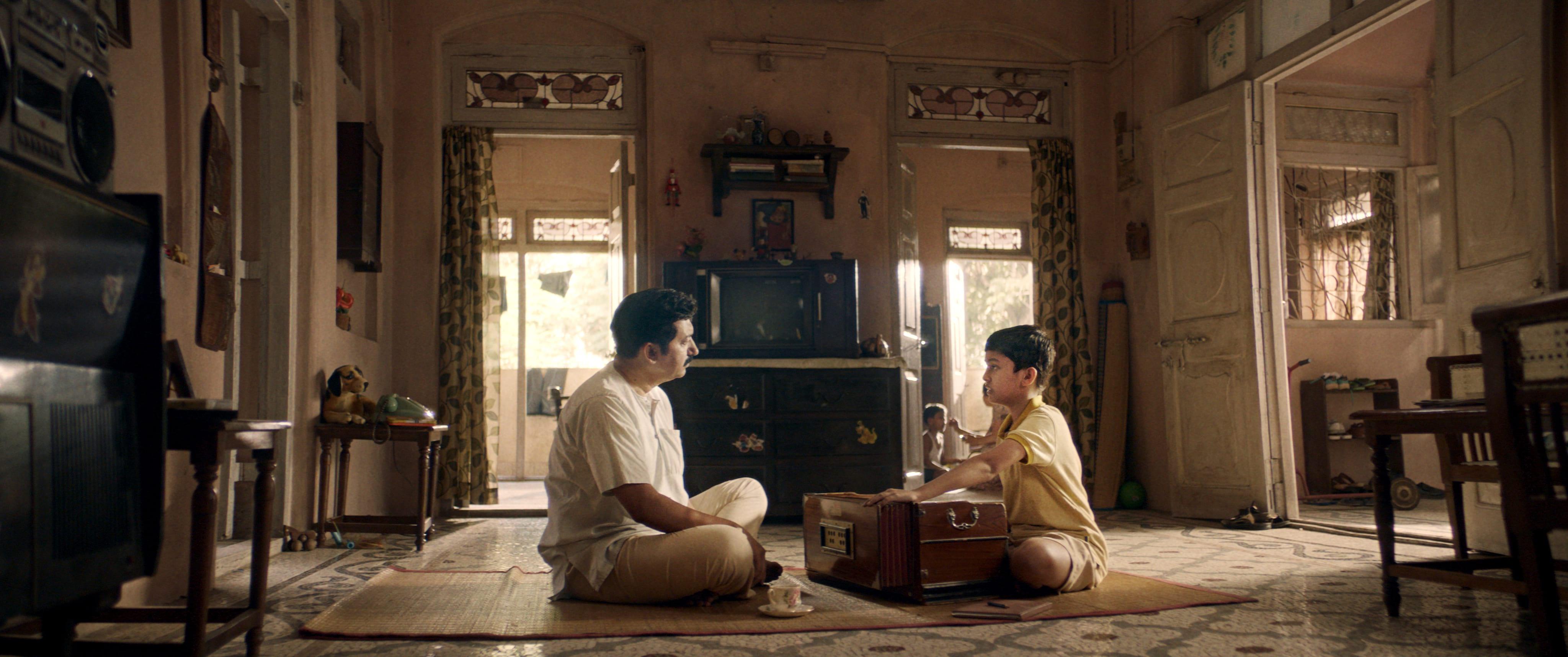
of his musically inclined father.
The story arc of The Disciple allowed Sobocinski to craft a gradually evolving look, and a key part of his strategy was lens selection. His main camera was the Arri Alexa Mini, which he paired with different lenses as the main character’s journey progressed. For the first half of the movie, when Sharad is a young boy and a young adult still filled with idealism, Sobocinski employed a Cooke Anamorphic/i SF (Special Flare), to lend the imagery a more romantic look. During the film’s “second movement,” when Sharad becomes disillusioned, he switched to spherical lenses (Arri/Zeiss Master Primes) to create a more clinical look with less depth of field and to imply that “the reality of his situation is coming into sharper focus — his life has become more workaday and less ‘hopes and dreams.’”
As a Polish cinematographer shooting a Marathi-language film in India, Sobocinski was uniquely positioned to bring an outsider’s eye — and an empathetic perspective — to the project. However, he cautions, “that can also be dangerous, because you might be drawn too much toward creating beautiful imagery. India has great sunsets, and it’s a country filled with beautiful colors and women wearing beautiful saris. Those types of things could drive your attention to visual elements that are not as important for a film like ours, which focuses on a character who’s struggling in his everyday life. On this project, the director was looking for more of a naturalistic look.”
In fact, he says, the production had to be careful with its color considerations, given India’s hierarchical society. “When Chaitanya and I first started talking, I would give him a color palette I thought would look good, but he said, ‘You know, people in India come from various cultural backgrounds. So common citizens who live like this and only earn this much money would never have walls painted this color.’ I think it was actually very brave of him to hire a Polish DP who wouldn’t know all of these cultural differences. But film is a universal language, and for me the biggest success of this project has been hearing from Indian people, and especially classical musicians, things like, ‘That is how I remember my childhood,’ or ‘That’s how it was when I performed this certain raag.’ Hearing those kinds of comments is very gratifying to me, but also hilarious, because the first Indian classical-music concert I ever saw was when I was prepping for this film!”
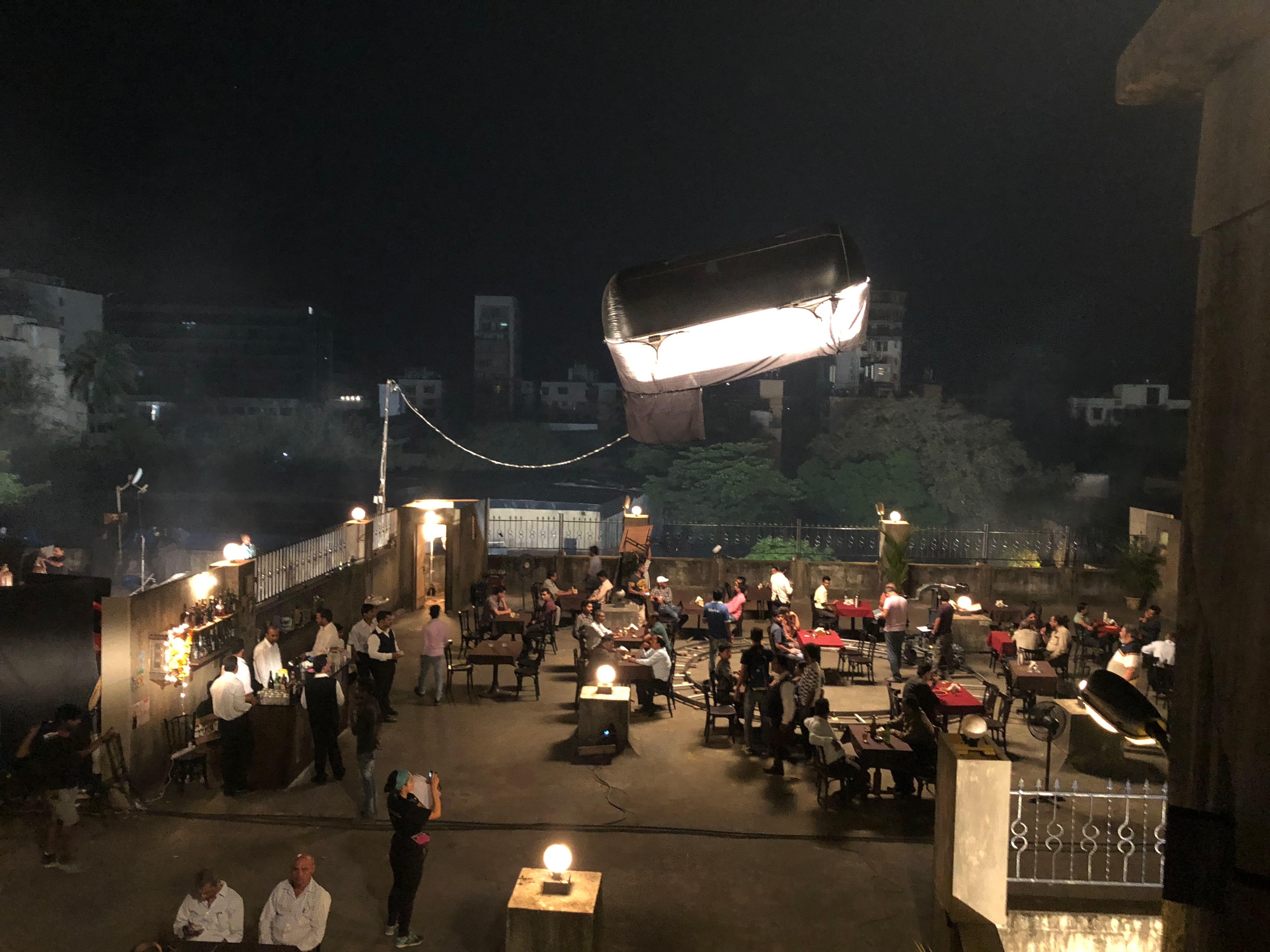
Shooting the musical sequences required some very long takes. “The basis for the music showcased in this film is improvisation, so the performers — none of whom were professional actors — had to actually perform the music. They were not lip-syncing; we recorded on set.
Some of the shots were such long takes and so wide that we couldn’t really cheat their hands or the performances. So it was very hard on the performers; some of the shots were five to seven minutes long, and we sometimes did 30, 40 or even 50 takes. After I set up all of the lighting, we would do the rehearsals, but once we started shooting, it could take another six or eight hours before we nailed a particular performance. If they made a mistake, we would have to start all over again from scratch. I controlled all of the lighting from an iPad because I couldn’t really go into the set and tweak the lights between takes. The performers were very focused, and we didn’t want to break their concentration.”
The musical performances, as well as other sequences in the film, were designed to look very low-key and naturalistic, but they actually required some elaborate lighting setups, as well as the occasional deployment of sophisticated camera-movement systems. “Chaitanya wasn’t looking for big shafts of light coming through windows, or hazing up the interiors with atmosphere,” Sobocinski says. “He wanted to make it look real, but I told him, ‘Look, we’re not making a documentary — that’s why you have me here.’ I wanted to create the character’s world. So there was actually a lot of lighting involved in making it look ‘real’ — we had SkyPanels rigged up in every single room to make it look as if the lighting was just coming from the sources that are visible in the frame.
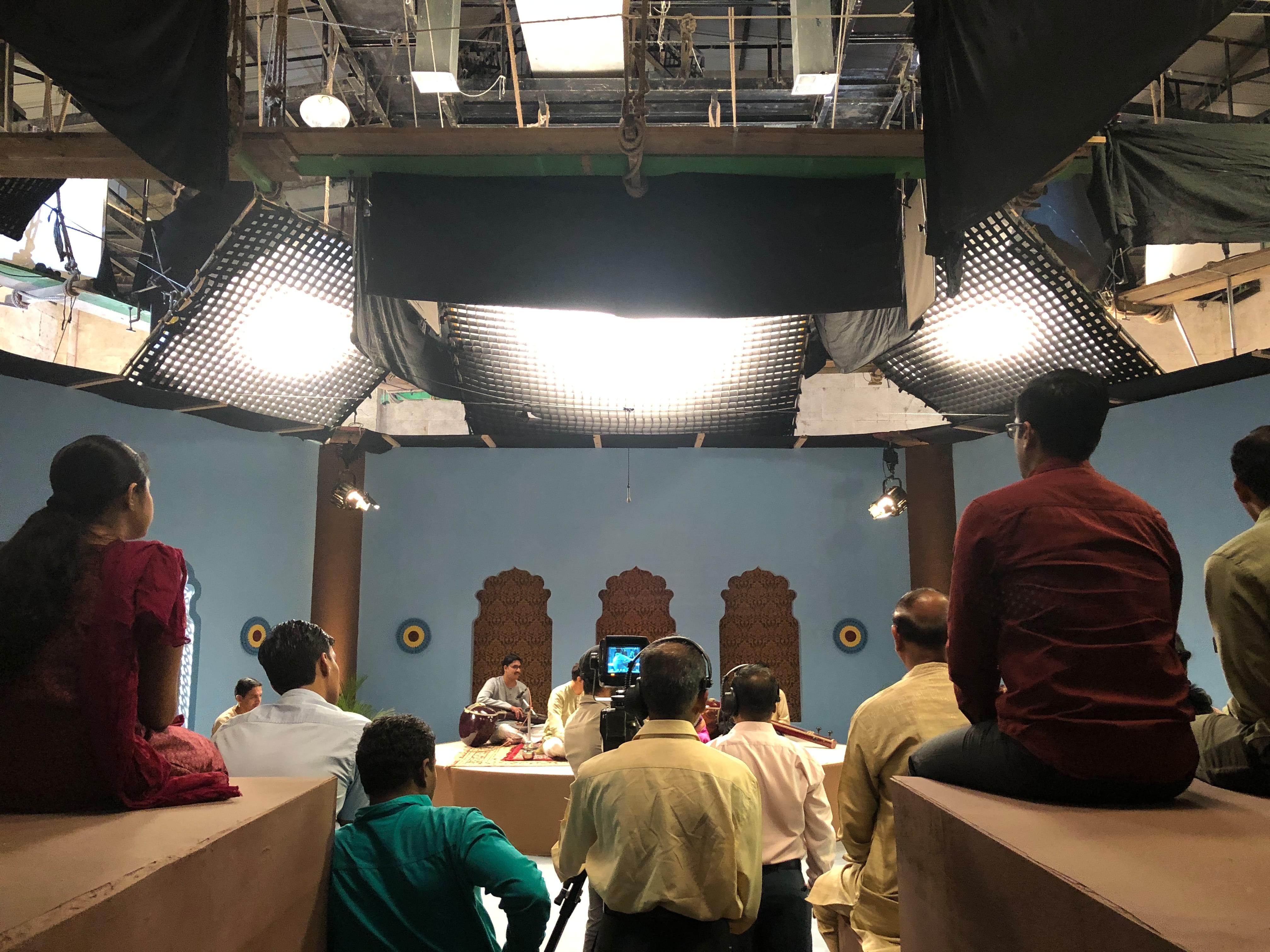
“Chaitanya’s first film was designed to be completely static,” he adds. “That’s his language and his preferred style, but I’m a big fan of wide shots and movement. We finally agreed on moving the camera not only during the musical performances, but not like we were shooting a music video; we went with the idea that the camera would start moving to reflect moments when our main character was feeling spiritual and getting into the vibe of the music. In one scene, for example, he’s listening to [musical guru] Maai’s recordings while recording some tapes. The camera is constantly moving as the music plays, but it stops abruptly when he presses the ‘stop’ button on the recording machine. It’s like he’s leaving the ideal world and returning to the real world.”
Another key sequence, in which the character stops abruptly in mid-performance and walks offstage, was accomplished with a motion-control Technodolly. “The character is coming full circle, and it’s his high peak as a performer, so we wanted to convey that visually,” Sobocinski says. “We wanted a circular movement, but it had to be really slow. It couldn’t really be achieved with human hands or a crane, because the performance lasted for maybe five minutes. I watched a lot of Tarkovsky films when I was younger, like Stalker, and he would do these beautiful, super-wide shots that would last for 10 minutes and end in a close-up. That’s the sort of feel I was after — to show that something was changing within the character, but very subtly, like it might happen during a meditation. If the camera was moving, we tried to move it very gently and seamlessly — that particular shot was a fairly significant move, requiring the other people in the frame to bend out of the way as the camera was creeping through, but within the film, you don’t really feel the mechanical complexity. It seems very smooth.”
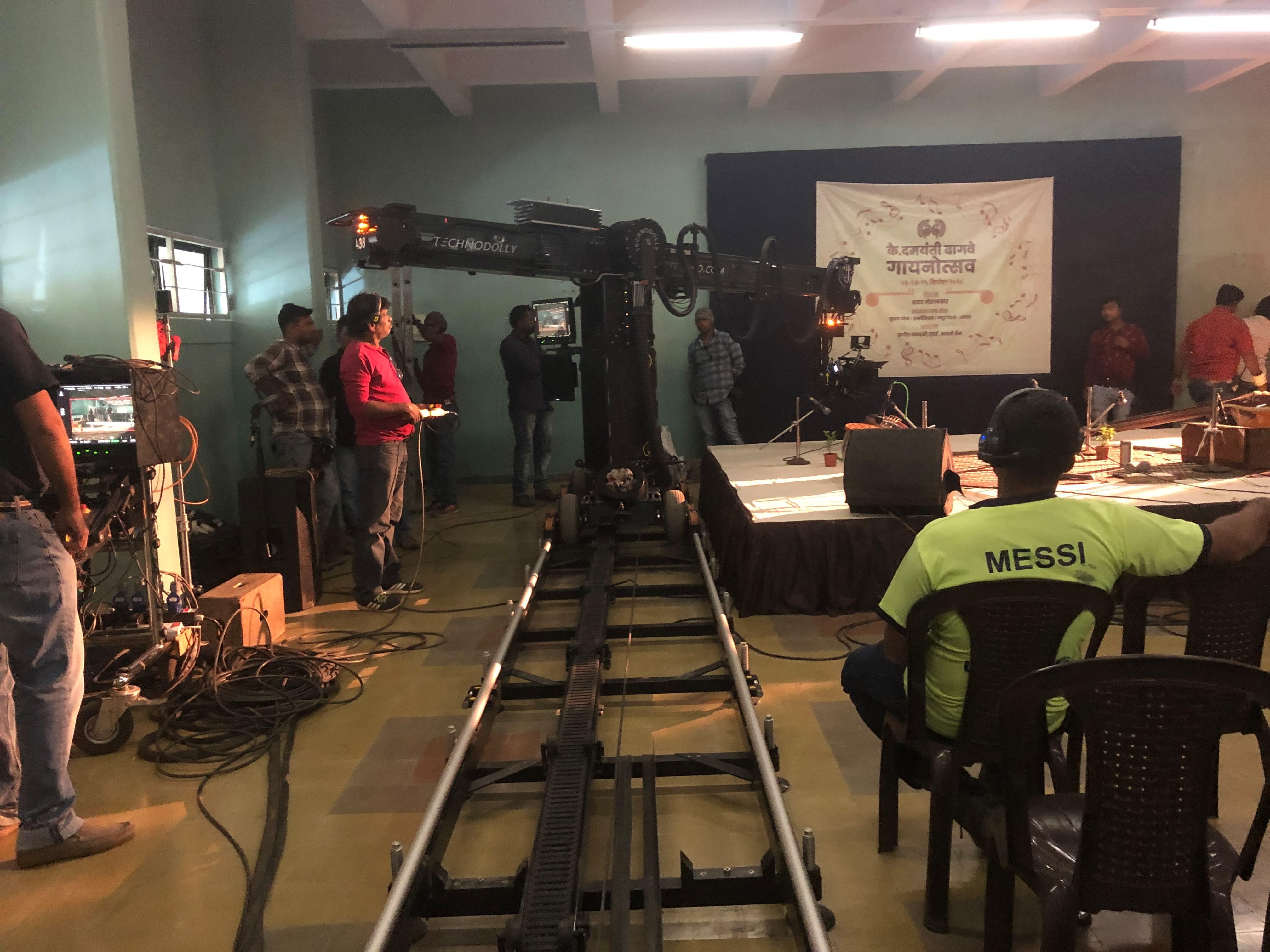
Scenes of Sharad riding his motorcycle on near-empty streets, while listening to a musical guru’s recorded lectures through earbuds, were shot in slow motion via a truck-mounted crane with an Arri Alexa SXT to maintain raw format while shooting high speed on a gyro-stabilized head. One of the shots follows directly behind the character on his bike, but gradually rises up into the sky as if to share the spiritual uplift he experiences through the guru’s teachings. It’s the peak of Sharad’s musical career, and the highest he gets — though the moment occurs only halfway into the film. “There’s almost never a situation like that in Mumbai, where there isn’t a single car or even a rickshaw on the street,” Sobocinski notes. “Because we were shooting in slow motion, we needed a lot of light, so I was lighting up half a mile of the road with lamps up on buildings. Closing down those streets, even at 2 a.m. or 4 a.m., was nearly impossible!”
India’s incessant traffic also required crewmembers to plan well ahead while traveling to and from locations that the production was always in danger of losing at the last minute. “In India, it’s crazy how much paperwork you have to do to secure a location, and even then you never know what’s going to happen,” he says. “Filming there can be very unpredictable. And getting to the set can be a challenge because of the traffic, which can affect scheduling. You never know when people will actually get to the set! To do one sequence we shot at a lakeside location, we just stayed there overnight so we could avoid the traffic, shoot first thing in the morning and get the light we wanted for the scene.”
All of the effort has paid off on the festival circuit — The Disciple won the FIPRESCI critics’ prize and Best Screenplay Award at the Venice Film Festival, as well as the Amplify Voices Award at the Toronto International Film Festival and the Best Film Award at the Lisbon & Sintra Film Festival. “I’m super happy and thrilled about what’s happening with our movie,” Sobocinski says. “It was a film made for the sake of art and for the sake of moviemaking, and it was something completely different — the kind of artistically independent project that may only come along once or twice in a lifetime.”
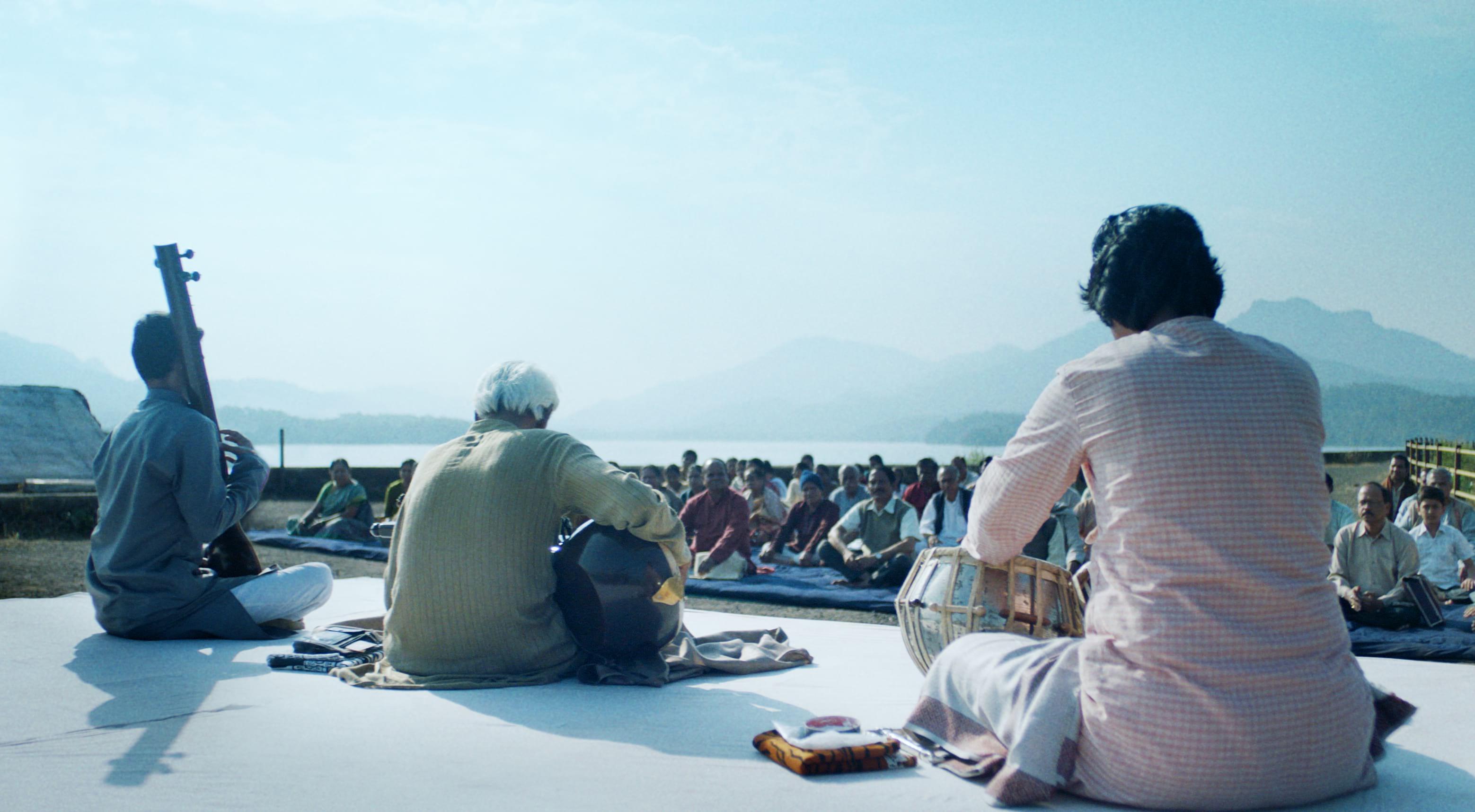

In his own comments about The Disciple, director Chaitanya Tamhane offers, “The film explores the tension that exists between the theoretical conception that the protagonist has of what an unconditional artistic pursuit should be and his innate, bodily desire for success, fame and validation. We live in an increasingly individualistic, result-oriented society where worldly success is equated with happiness and failure is stigmatized as the inevitable fate of ‘losers.’ A capitalist society, with all its machinery and propaganda, conditions an individual to not only cherish certain materialistic values, but convinces him or her that there is no other way to exist with dignity. One of the illusions of such a narrative is also the idea that, if you really want something, and you really strive for it with all your will, you will eventually achieve it — as though not achieving is as good as not trying, or even worse, not existing. We are constantly bombarded with success stories of exceptional individuals and high achievers. Either these fairy tales of the hero’s journey or the excessively tragic tales of doomed individuals are the only stories that seem worth celebrating. But the life stories of 99 percent of humanity do not exist in either of these extremes. The Disciple is about what lies in-between, from the perspective of an individual who is, at once, the victim and a believer of this illusion.”






